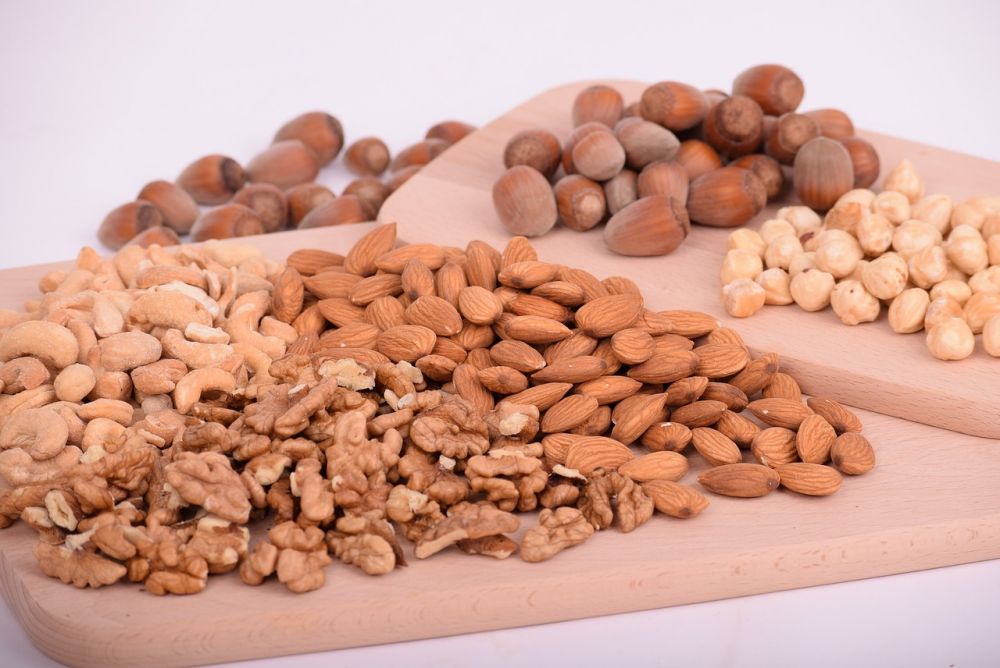En djupdykning i 16:8 fasta: en guide till en populär form av periodisk fasta

Introduction
16:8 fasting, also known as the 16:8 diet or time-restricted feeding, has gained popularity in recent years as a method for weight loss and improved health. In this comprehensive article, we will provide a thorough overview of 16:8 fasting, explore its different variations, delve into quantitative measurements, discuss how they differ from one another, and provide a historical overview of the advantages and disadvantages associated with this fasting technique.
1. What is 16:8 fasting?
16:8 fasting involves limiting your daily eating window to 8 hours, while fasting for the remaining 16 hours. This intermittent fasting approach aims to optimize the body’s physiological response to fasting periods, promoting various health benefits. By restricting the timing of meals, individuals can regulate their caloric intake and give their bodies extended periods of rest from digestion.
2. Understanding the different types of 16:8 fasting

a) Standard 16:8 fasting: This type involves selecting an 8-hour eating window that suits individual schedules and preferences. For example, one may choose to eat between 12 pm and 8 pm, fasting for the remaining 16 hours.
b) Modified 16:8 fasting: This variation allows for some flexibility by adjusting the duration of the eating and fasting windows while still maintaining the 16:8 ratio.
3. Quantitative measurements of 16:8 fasting
When it comes to 16:8 fasting, there are no specific guidelines regarding what to eat during the eating window. However, it is crucial to maintain a balanced and nutritious diet to support overall health. This section will explore the importance of mindful eating, portion control, and the potential impact of calorie restriction during the eating window.
4. Comparing different 16:8 fasting methods
While the basic principle remains the same, there are subtle differences in the implementation of 16:8 fasting. Some individuals may find it easier to adjust their eating windows to suit their lifestyles, while others prefer a more rigid approach. This section will discuss the varying time frames of eating windows, potential difficulties in complying with the regimen, and the overall flexibility offered by different 16:8 fasting methods.
5. A historical overview of the pros and cons of 16:8 fasting
a) Advantages: This section will highlight the potential benefits of 16:8 fasting, including improved insulin sensitivity, weight loss, increased autophagy, and potential links to improved brain health.
b) Disadvantages: It is important to acknowledge that 16:8 fasting is not suitable for everyone. We will discuss potential pitfalls, such as difficulties in adhering to the fasting window, possible adverse effects on individuals with certain health conditions, and the need for more long-term studies to fully assess its safety and effectiveness.
Conclusion
16:8 fasting is an increasingly popular method of intermittent fasting that offers potential health benefits and weight management advantages. However, it is crucial to approach this fasting technique with knowledge and consideration of individual needs and circumstances. By understanding the different variations of 16:8 fasting, quantifying its effects, and being aware of historical pros and cons, individuals can make informed decisions about whether 16:8 fasting aligns with their goals and overall well-being.
Note: The placement of the video clip will depend on the content and format of the article. Consider incorporating it in a section that enhances the reader’s understanding of 16:8 fasting or as a visual aid to support the quantitative measurements presented in the article.
FAQ
Can I drink water or other beverages during the fasting period?
Is 16:8 fasting suitable for everyone?
What should I eat during the 8-hour eating window?
Fler nyheter
Boka kiropraktor i Skåne: Kunskap, kvalitet och trygg vård för rörliga liv
Introduction 16:8 fasting, also known as the 16:8 diet or time-restricted feeding, has gained popularity in recent years as a method for weight loss and improved health. In this comprehensive article, we will provide a thorough overview of 16:8 fasti...
09 december 2025
Tandreglering i Värmdö: En guide till raka tänder
Introduction 16:8 fasting, also known as the 16:8 diet or time-restricted feeding, has gained popularity in recent years as a method for weight loss and improved health. In this comprehensive article, we will provide a thorough overview of 16:8 fasti...
01 december 2025
Så här skapar du en festlig dessert med frukt
Introduction 16:8 fasting, also known as the 16:8 diet or time-restricted feeding, has gained popularity in recent years as a method for weight loss and improved health. In this comprehensive article, we will provide a thorough overview of 16:8 fasti...
28 november 2025
Så här behåller du en bra balans mellan arbete och fritid som entreprenör
Introduction 16:8 fasting, also known as the 16:8 diet or time-restricted feeding, has gained popularity in recent years as a method for weight loss and improved health. In this comprehensive article, we will provide a thorough overview of 16:8 fasti...
20 november 2025











